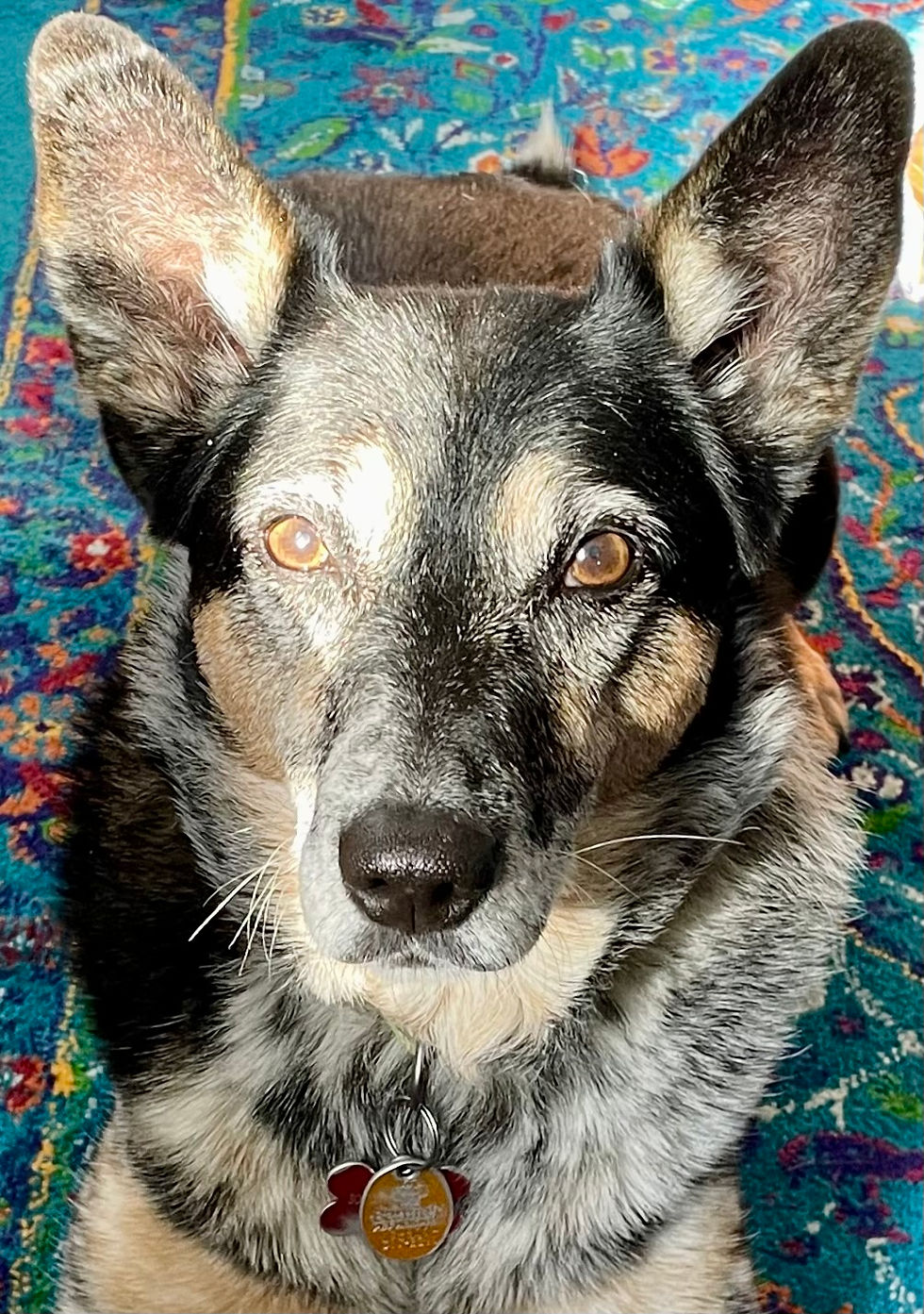Hot DIGGITY Dog!
- Virginia Dare

- Mar 4, 2024
- 2 min read
Updated: May 27, 2024

Do you have a dog who really enjoys digging? Where and when does he like to dig, and what do you think the goal for the digging behavior is?
There are a variety of reasons a dog may dig. For instance, it could be:
To find a rodent or bug in the ground
To bury something
To create a cool place to rest (in hot weather)
Just because it feels good!
Certain breeds are more prone to digging than others. Many terriers have been selectively bred to flush out game from underground burrows or to dig to access rodents. If you have a terrier, they may be helping to eradicate rodents in your yard, though problems may arise if the digging occurs in garden beds, resulting in expensive plant damage, or perhaps the digging occurs all over the lawn, resulting in ankle-twisting hazards.
In some cases, we can successfully reduce digging in unwanted areas by creating a doggie sand box in the yard. Once installed, you can bury 'prizes' in the sand box for your dog to find, like treats, chews, and favorite squeaky toys. At first, you'll need to supervise so you can redirect any digging to just the sand box so he can discover there's fun to be had there instead. Another idea: there are official doggie sports you might consider participating in to satisfy your dog's hunting urges, like Barn Hunt and Go-to-Ground Trials.
Unwanted digging behavior can occur inside your house too. For example, your dog may enjoy digging at potted plants or on the cushions of your furniture, and you probably won't appreciate that. Thankfully, we may be able to convince them to choose other indoor digging outlets to satisfy their needs without driving us nuts. Here are a few examples of alternative digging options:
Create a ball pit for your dog and sprinkle in some treats for him to dig around to find.
Get an old plastic laundry basket, layer it with rags or small towels, and hide treats and toys within the layers for your dog to dig around and find.
Make a scratch board and teach your dog to swipe his paws on that. While he's having fun swiping at the rough surface, he's trimming his nails at the same time.
A lot of NORMAL dog behaviors are perceived as problematic to us. But dogs are designed to engage in a variety of behaviors that are both functional and satisfying. If we don't provide appropriate outlets for these needs, we're not doing right by our dogs. And if we simply try to suppress the behaviors we consider inconvenient, we risk building frustration that ends up bubbling out as other behavioral issues. Instead, let's get imaginative about creating approved outlets for their natural doggie urges!
Dealing with some challenging behaviors that you're not sure how to address?
Please let me know if you're in need of in-person or remote training services.
You can reach me at virginiadare2013@gmail.com.



Comments